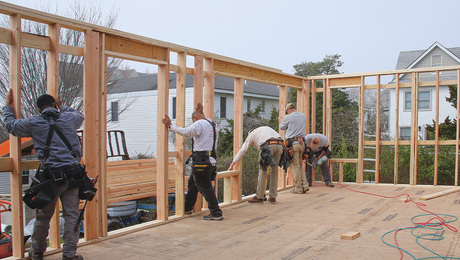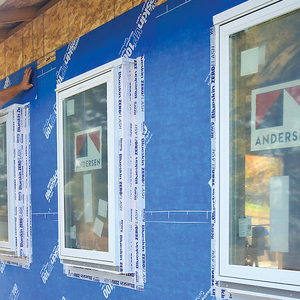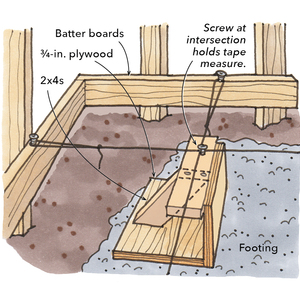I’ve got a 1950’s style cape code.
The old kitchen/dining room I would like to tile. (I had an addition put on so I have a real dining room now).
Here’s the dilemma:
Subfloor is what appears to be old 3/4″ douglas fir “shiplap” (I don’t know how to describe it better but that’s what it looks like) that is laid diagonal to the joists.
The old dining room has 3/4″ oak hardwood (2-1/2″ widths), and the kitchen has Armstrong vinyl over 1/2″ luan, which is over what may be 3/4″ plywood on top of the 3/4″ shiplap.
To top it all off, the floor is not quite level in all places (where the hardwood is at). I don’t know if the subfloor is level everywhere yet as I’ve not torn anything up.
Further, I’d like to have the new tile floor heated (it’s not a super large area, and it’s more for supplemental heat as there is forced air vent, but in the winter the tile would probably feel quite cold).
Here’s what I was thinking:
1) Tear up hardwood floor.
2) Tear up vinyl flooring and just “work around” the existing base cabinets–ie, do not remove the base cabinets to rip up all the floor as there’s granite over the cabinets.
Here’s where I’m not sure what to do:
At that point, the subfloors are not “even”. (ie, the old dining room has the 3/4″ shiplap on them, the kitchen as the 3/4″ whatever, and the 1/4″ luan).
I’d like to use the Ditra underlayment, but not sure.
Do I rip up the stuff in the kitchen so the entire subfloor is now “the same height”?
Then proceed with a leveling compound(assuming it’s the subfloor/joist itself that’s not level), the mortar, heating elements, mortar, ditra, tile?
(Ditra website indicates that I should probably put another set of plywood over the shiplap)?
I would like to avoid different floor heights with the rest of house if possible (ie, the living room connects to the kitchen/old dining room, which connects to the new dining room). Right now, there’s all the same level except for the transition from old dining room to kitchen (because of the 1/4″ luan).



















Replies
Greetings hurnik,
This post, in response to your question, will bump the thread through the 'recent discussion' listing again which will increase it's viewing.
Perhaps it will catch someone's attention that can help you with advice.
Cheers
Peaceful,
easy feelin'.
hurnik
If the Ditra website says to use a layer of plywood then by all means do it.
I have not been to their site but that is exactly what I would do.
Here's what I recommend:
Definitely get rid of the 1/4" lauan, it doesn't serve any purpose.
Renail the diagonal subfloor to make sure you eliminate any squeaks or soft areas.
Lay 5/8" ply over the entire surface to be tiled and nail off on 8" schedule with ring shank. Be sure to leave 8pp gap between boards.
If the floor is decently planed out and not too far out of level, then I would install my floor warming system and then float out self leveling compound. If the floor is way off plane, not just having peaks and valleys, then I would lay either Ditra or Hardi backer, then the heating system embedded in the mortar.
If you do the self leveling make sure to follow the directions exactly. The water content in that stuff is very tricky. Also be sure to caulk all seams and separations and tape off around walls and doorways. We actually use a foam tape for the wall areas because it will leave a small expansion area for when the floor moves.
Then determine layout, snap your lines, and start having some real fun.
As with anything else, failure is caused 80% of the time from poor preparation and planning.
good luck
sully
Thanks, that helps a lot!Now the hard part begins:Picking out the tile (haha)